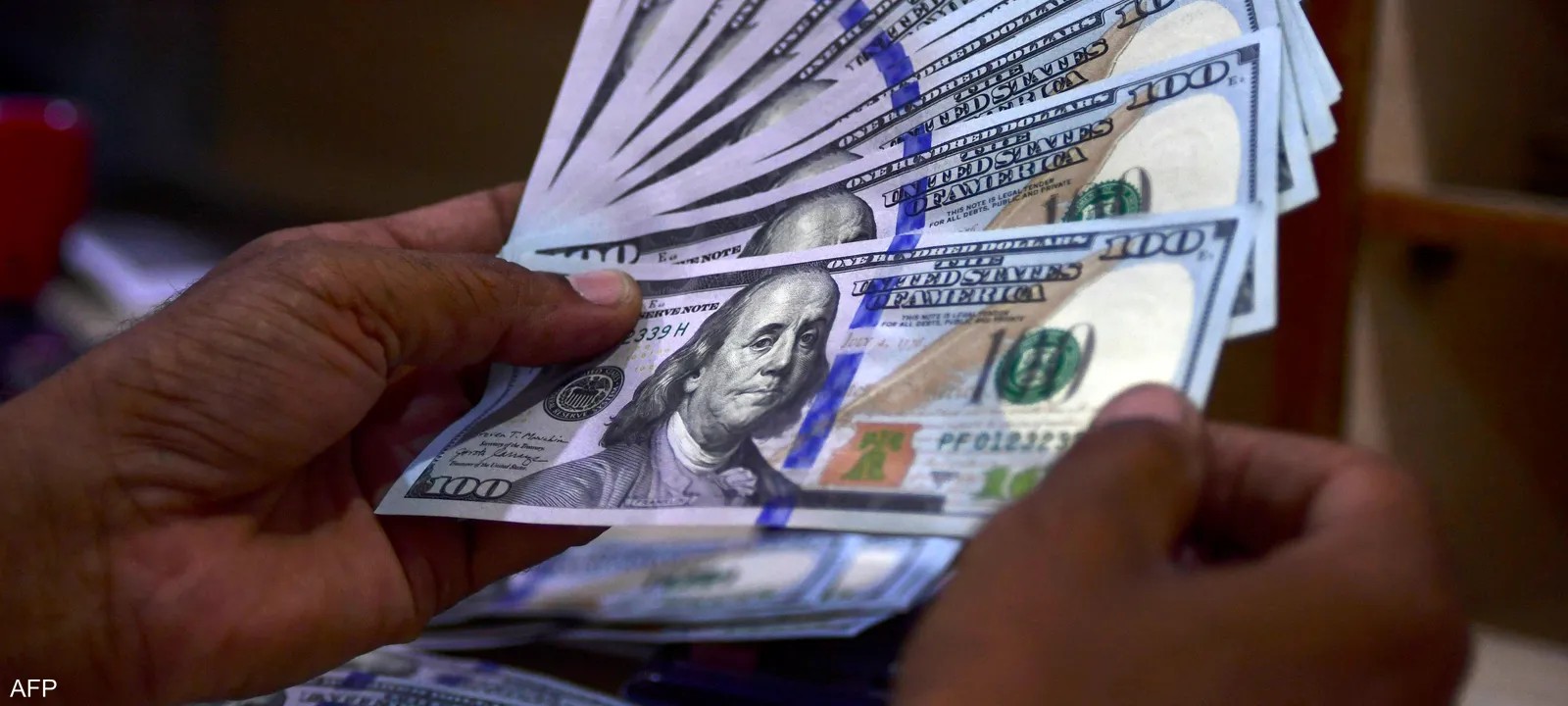The dollar slipped on Monday amid the risk of Japanese currency intervention and a rise in the Chinese government-paid yuan, weighing on the U.S. currency.
The dollar index fell in the last trading by 0.1% to 104.35, after recording weekly gains of about 1% last week.
The Japanese yen rose slightly during today's trading, and settled in the last trading at 151.29 to the dollar, after falling to its lowest levels in four months to 151.86 last week, approaching its lowest levels in 32 years when the yen recorded 152 to the dollar in 2022.
Reuters explained that the yen fell despite the Japanese central bank raising interest rates and ending negative interest rates last week, as traders believe that interest rates in Japan will remain low for some time, and therefore, the large interest rate differentials with the United States will remain, which enhances the attractiveness of the dollar.
It is noteworthy that the Chinese yuan was the main driver of currency markets today, as it jumped by about 0.3% in domestic trading to 7.21 per dollar, while it rose in foreign trading by 0.4%.
Sources told Reuters that China's major state-owned banks are selling dollars in favor of the yuan in onshore markets, helping to reverse the sudden decline at the end of last week.
It is worth noting that the Chinese currency is under pressure due to growing market expectations of more monetary easing to boost the world's second-largest economy.
As for other major currencies, the euro rose against the dollar by 0.1% to 1.0818, and the pound rose by 0.08% to 1.2611 after falling by more than 1% last week.
The Australian dollar also rose by 0.21% against the greenback to 0.6528.




































